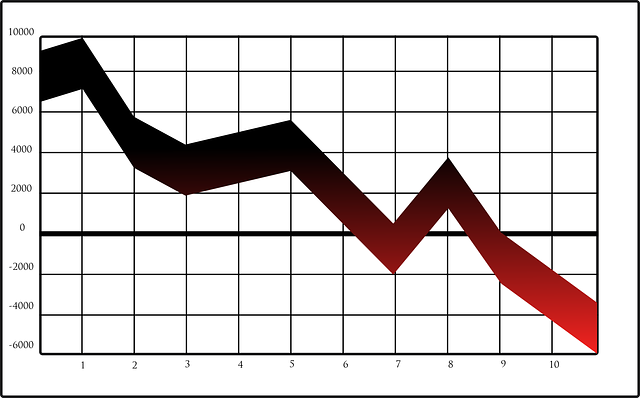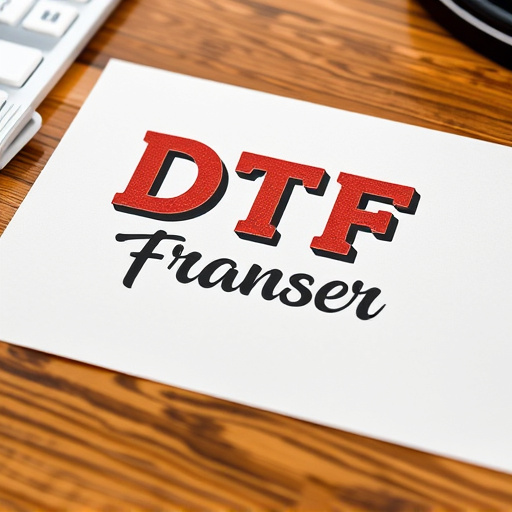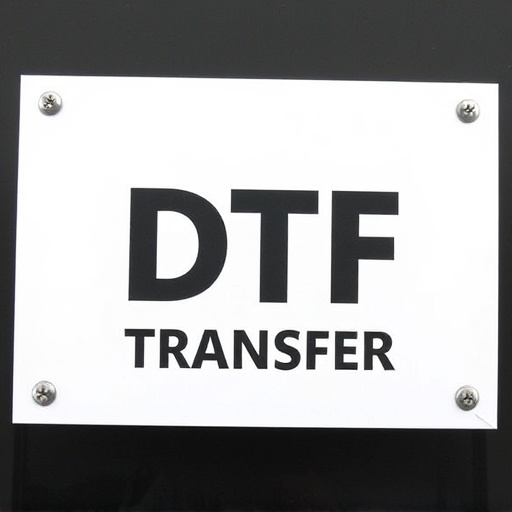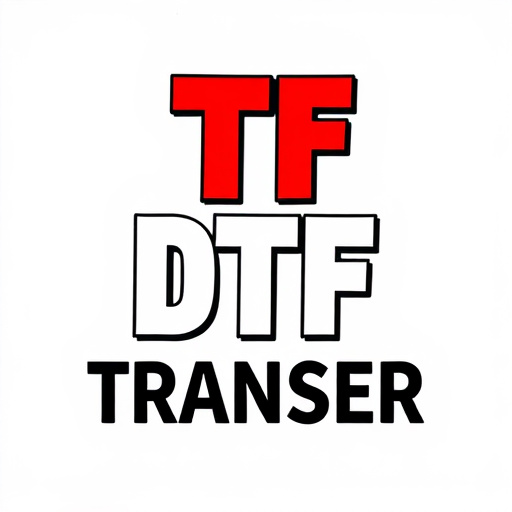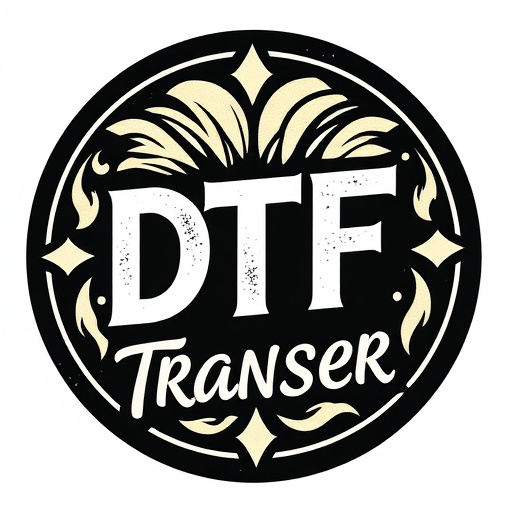Direct-to-Film (DTF) printing is an advanced, efficient technology for manufacturing, offering fast turnaround times and high-quality results. It uses specialized printers to deposit pigmented inks onto a film, which is then applied to various materials for precise markings and labels. DTF's versatility lets it handle intricate designs and diverse surfaces, streamlining production and enhancing product longevity. The selection of appropriate materials, surface preparation, and advanced printing techniques ensure consistent quality in heavy-duty applications. Scalable solutions address challenges like material thickness variations, revolutionizing custom part manufacturing. Across industries, DTF printing marks complex components, enhances traceability, improves labeling, and ensures product authenticity, making it a valuable modern manufacturing asset.
“Discover the transformative power of Heavy-Duty Direct-to-Film (DTF) transfers for manufacturing environments. This comprehensive guide explores the benefits, materials, and application techniques of DTF printing, a game-changer in enhancing durability and consistency. From understanding the fundamentals of DTF Printing to navigating challenges at scale, we provide insights into successful applications across various industries. Uncover how this innovative technology is revolutionizing manufacturing processes and elevating product quality.”
- Understanding Direct-to-Film (DTF) Printing: A Comprehensive Overview
- Benefits of Heavy-Duty DTF Transfers for Manufacturing
- Choosing the Right Materials for Durability and Quality
- Application Techniques to Ensure Precise and Consistent Results
- Challenges and Solutions in Implementing DTF Printing at Scale
- Case Studies: Successful DTF Applications in Various Industries
Understanding Direct-to-Film (DTF) Printing: A Comprehensive Overview
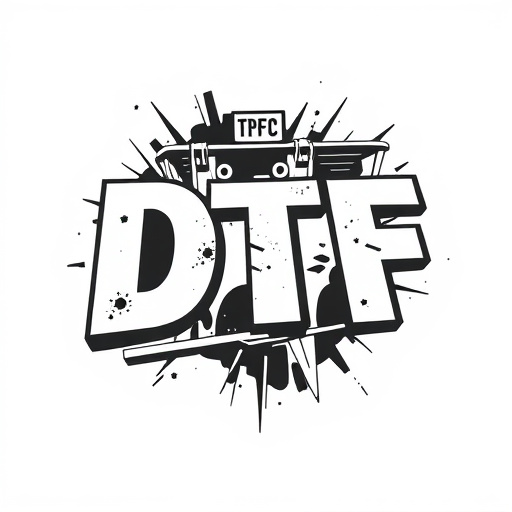
Direct-to-Film (DTF) printing is a cutting-edge technology that allows for high-quality, precise transfers directly onto various materials, making it an ideal solution for manufacturing environments. Unlike traditional methods, DTF omits the need for intermediate steps like plotting or cutting, streamlining workflows and enhancing efficiency. This innovative approach involves specialized printers that use advanced inkjet technology to deposit pigmented inks onto a film, which is then pressed against the target material, ensuring a crisp and durable print.
DTF Printing offers unparalleled versatility by accommodating a wide range of materials, from plastics and metals to fabrics and acrylics. Its ability to produce intricate designs with fine line details makes it suitable for various applications, such as industrial markings, product labeling, and even artistic creations. With its quick turnaround times and minimal waste, DTF stands out as a game-changer in the manufacturing sector, revolutionizing how businesses approach printing and marking processes.
Benefits of Heavy-Duty DTF Transfers for Manufacturing
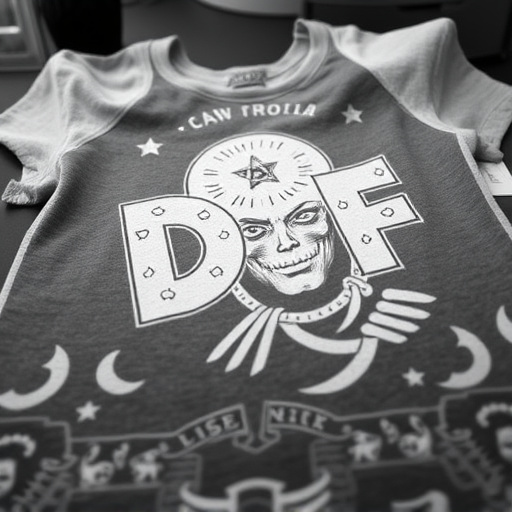
Heavy-duty direct-to-film (DTF) transfers offer significant advantages in manufacturing environments, revolutionizing the way labels and markings are applied to various surfaces. These transfers provide exceptional durability and resistance to harsh conditions, making them ideal for industrial settings. With DTF Printing, manufacturers can achieve long-lasting and high-quality prints on materials like metal, plastic, and glass, ensuring that crucial information remains legible even in challenging environments.
The versatility of heavy-duty DTF Transfers is another key benefit. They can be customized to fit diverse product shapes and sizes, enabling efficient production processes. Moreover, the direct application method eliminates the need for intermediate steps, reducing production time and costs. This technology ensures that manufacturing operations stay streamlined and productive, meeting the demands of modern industry.
Choosing the Right Materials for Durability and Quality
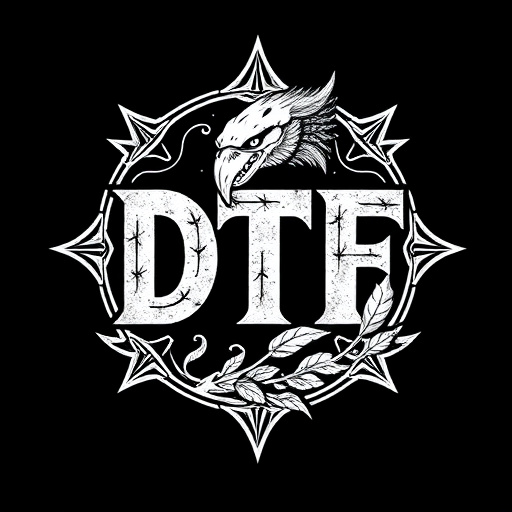
When it comes to heavy-duty direct-to-film (DTF) transfers for manufacturing environments, selecting the right materials is paramount. The chosen substrates must withstand harsh conditions, including repeated use, exposure to chemicals, and extreme temperatures. High-quality, durable materials like polyester film, vinyl, or specialized DTF inks designed for industrial applications ensure longevity and maintain visual appeal even in demanding settings.
For optimal results with DTF Printing, it’s crucial to consider the specific requirements of the manufacturing process. This includes factors such as adhesion strength, resistance to fading or cracking, and compatibility with various printing techniques. Investing in robust materials not only guarantees the integrity of the transferred designs but also contributes to the overall efficiency and reliability of the production line.
Application Techniques to Ensure Precise and Consistent Results
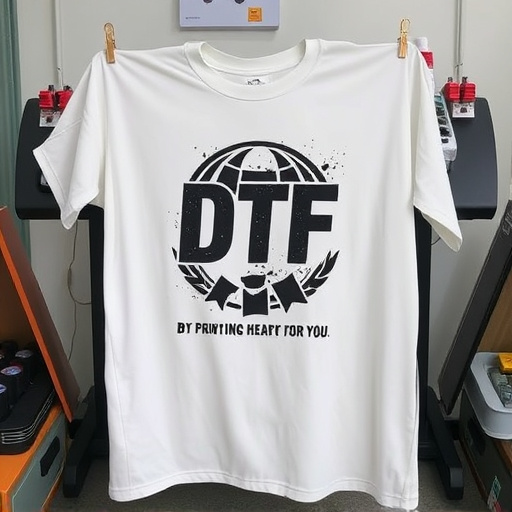
In heavy-duty direct-to-film (DTF) printing for manufacturing environments, precise and consistent results are paramount to ensure product quality and efficiency. Application techniques play a crucial role in achieving this uniformity. The first step involves thorough surface preparation; this includes cleaning the substrate to remove any contaminants that might interfere with ink adhesion. A smooth, clean surface is essential for optimal print outcomes.
Subsequently, utilizing specialized equipment and precise printing parameters, such as optimized ink types and temperature control, allows for consistent material application. Skilled technicians ensure uniform distribution of ink across the entire surface, minimizing variations that could lead to inconsistent product quality. These meticulous techniques are vital in maintaining high standards for manufacturing processes that demand accurate and reliable direct-to-film transfers.
Challenges and Solutions in Implementing DTF Printing at Scale
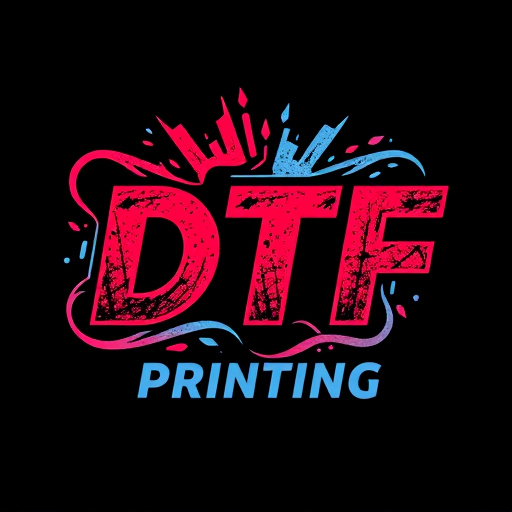
Implementing Direct-to-Film (DTF) printing at scale for heavy-duty manufacturing environments presents several challenges. One significant hurdle is achieving consistent print quality across large production runs, especially with varying material thicknesses and surface textures. Ink adhesion and cure speed can be affected by these variables, leading to potential defects and waste.
However, advancements in DTF printing technology offer robust solutions. Optimized printing profiles, tailored for specific materials and applications, ensure precise color reproduction and consistent material handling. Automated feed systems and advanced curing mechanisms further streamline the process, minimizing human error and maximizing production efficiency. These innovations enable manufacturers to leverage the benefits of DTF printing—including fast turnaround times, intricate design capabilities, and cost-effectiveness—at scale, revolutionizing how they approach custom part manufacturing.
Case Studies: Successful DTF Applications in Various Industries
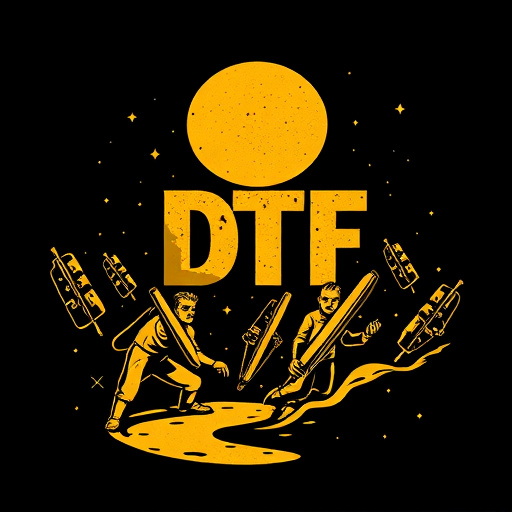
Direct-to-film (DTF) printing has proven its versatility and efficacy across multiple industries, showcasing successful applications that drive innovation and efficiency. In manufacturing environments, DTF technology has emerged as a game-changer, offering durable and precise marking solutions for various materials. For instance, in the automotive sector, DTF is employed to apply intricate part markings on complex components, enhancing traceability and compliance with industry standards. This method ensures legible, long-lasting labels on engine parts, transmission systems, and other critical components, facilitating efficient quality control processes.
Similarly, the electronics industry leverages DTF Printing for creating detailed markings on circuit boards and electronic devices. The technology’s ability to produce high-resolution images and precise text makes it ideal for serial numbers, barcodes, and model identifiers, ensuring product authenticity and facilitating supply chain management. Case studies also highlight successful DTF applications in pharmaceuticals, where the method is used for direct marking on vials, bottles, and packaging, improving product identification and safety while reducing labeling costs. These diverse examples underscore the adaptability of DTF Printing, making it a valuable asset for modern manufacturing operations.


